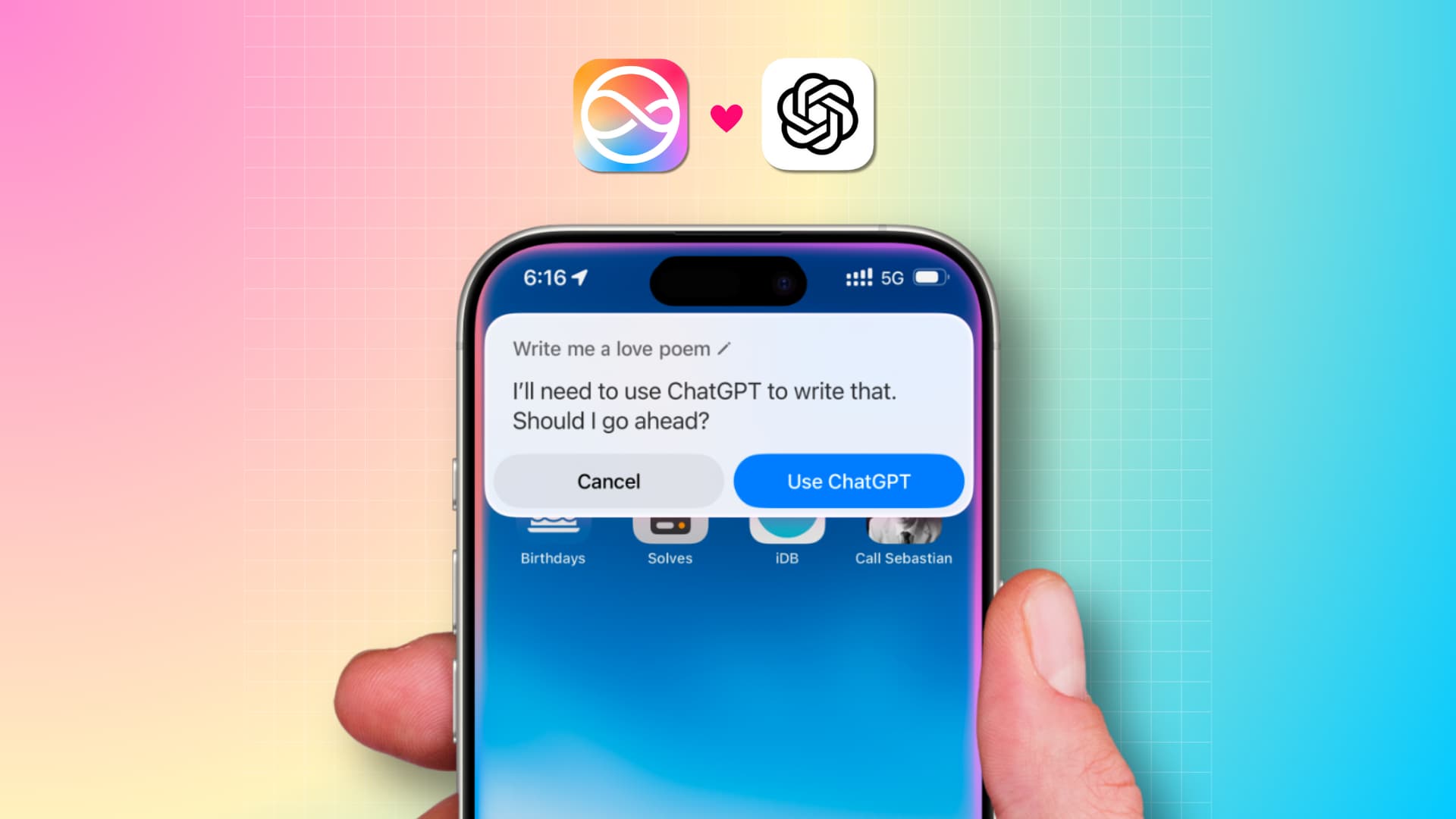### The Dangers of Acquiring Apple Gift Cards from Third-Party Vendors
The security of buying Apple gift cards from entities other than the official company has been questioned after a disconcerting event involving a prominent developer and author, Paris Buttfield-Addison. His experience brings to light serious issues regarding account safety and the possible weaknesses within the Apple environment.
#### Paris Buttfield-Addison’s Incident
Buttfield-Addison, a dedicated Apple consumer for close to 30 years, recounted his unsettling experience on his blog. Following the purchase of an Apple gift card from a trusted physical retailer, he tried to redeem it, only to find his Apple ID locked—an online identity he has sustained for about 25 years. This account holds significant value for him, stuffed with terabytes of family images, work documents, and crucial data for synchronization across various devices.
The problem began when Buttfield-Addison learned that the gift card he bought had already been compromised and utilized by another party. His effort to redeem it was flagged as fraudulent, resulting in the deactivation of his account.
#### The Fallout and Resolution
At first, Buttfield-Addison reached out to Apple Support, only to be told that there was no solution for his predicament. However, after his case gained media attention, it was escalated to Apple Executive Relations, which eventually resolved the issue. A representative provided him with support, keeping him informed until the problem was addressed.
#### Exposing Flaws in the Apple Ecosystem
Though Buttfield-Addison’s situation was ultimately resolved, it highlights a significant flaw within the Apple ecosystem. The ease with which accounts can be frozen and the absence of a clear resolution process raise alarms about Apple’s control over user information. Essentially, Apple can act independently, suspending accounts based on perceived infractions without offering users a straightforward means of resolution.
This incident raises doubts about the security of acquiring Apple gift cards from any source other than Apple’s own retail outlets. While many consumers may trust well-known retailers, this experience demonstrates that dangers remain, particularly with gift cards that may be tampered with prior to reaching the consumer.
#### Safeguarding Your Data
In response to this event, Buttfield-Addison and his colleagues participated in discussions regarding data protection tactics. Some of the approaches they utilize include:
– **Cloud Backups**: Automatically uploading images to services like Google Photos for an added layer of backup.
– **Manual Exports**: Employing software to manually transfer photos and documents to local storage and other cloud platforms.
– **Apple’s Privacy Export Tool**: Frequently downloading data from Apple’s ecosystem to keep on external drives.
These conversations underline the necessity of having procedures in place to safeguard data housed within Apple’s systems, comprising notes, documents, calendar events, and contacts.
#### Conclusion
The account of Paris Buttfield-Addison serves as a warning for Apple users about the purchase of gift cards and the overall security of their accounts. It stresses the importance of vigilance in protecting private data and contemplating the possible risks tied to third-party purchases. Users are urged to adopt backup measures and stay cognizant of the vulnerabilities that can emerge within digital environments.
Read More








